Exploring the catacombs which lie under a city
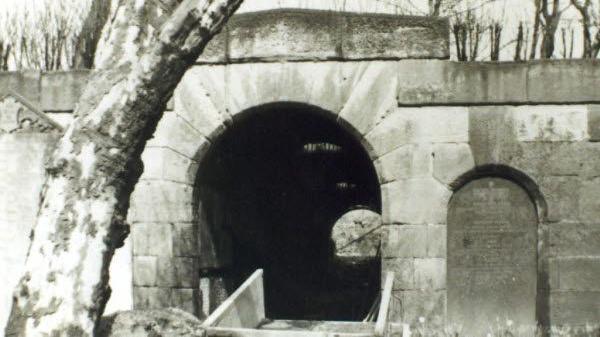
A catacomb at Key Hill Cemetery opened in 1836 and was Birmingham's first
- Published
The fact that a labyrinth of catacombs lies beneath one of the UK's biggest cities may surprise many.
Rome or Paris could spring to mind for their underground chambers but Birmingham?
But it is true - the UK's second city once housed more than 500 bodies in large, private vaults, dug out underground and used until the middle of the 20th Century.
The first location to house them opened in 1836 at Key Hill Cemetery in the city's Jewellery Quarter before nearby Warstone Lane Cemetery opened 12 years later.
Tour guide Richard Beardall said, at the time, the vaults cost up to £30 - about £3,000 in today's money.
They were inspired by concepts across the continent before the British climate put an end to them in the late 1950s.
"The idea for the catacombs came from Rome where the bodies would dry out and mummify but, with the British climate, the bodies would instead go mouldy and smelly," Mr Beardall said.
"The coffins were metal-lined and supposed to be sealed but they weren't, because they tended to explode due to the gasses that built up in them.
"You can imagine a small room with 10 bodies decaying in them wasn't very pleasant.
"The idea was to go and see granny's coffin and go to polish the brass.
"It was a nice idea but, due to the practicalities, people just didn't like the idea of it."
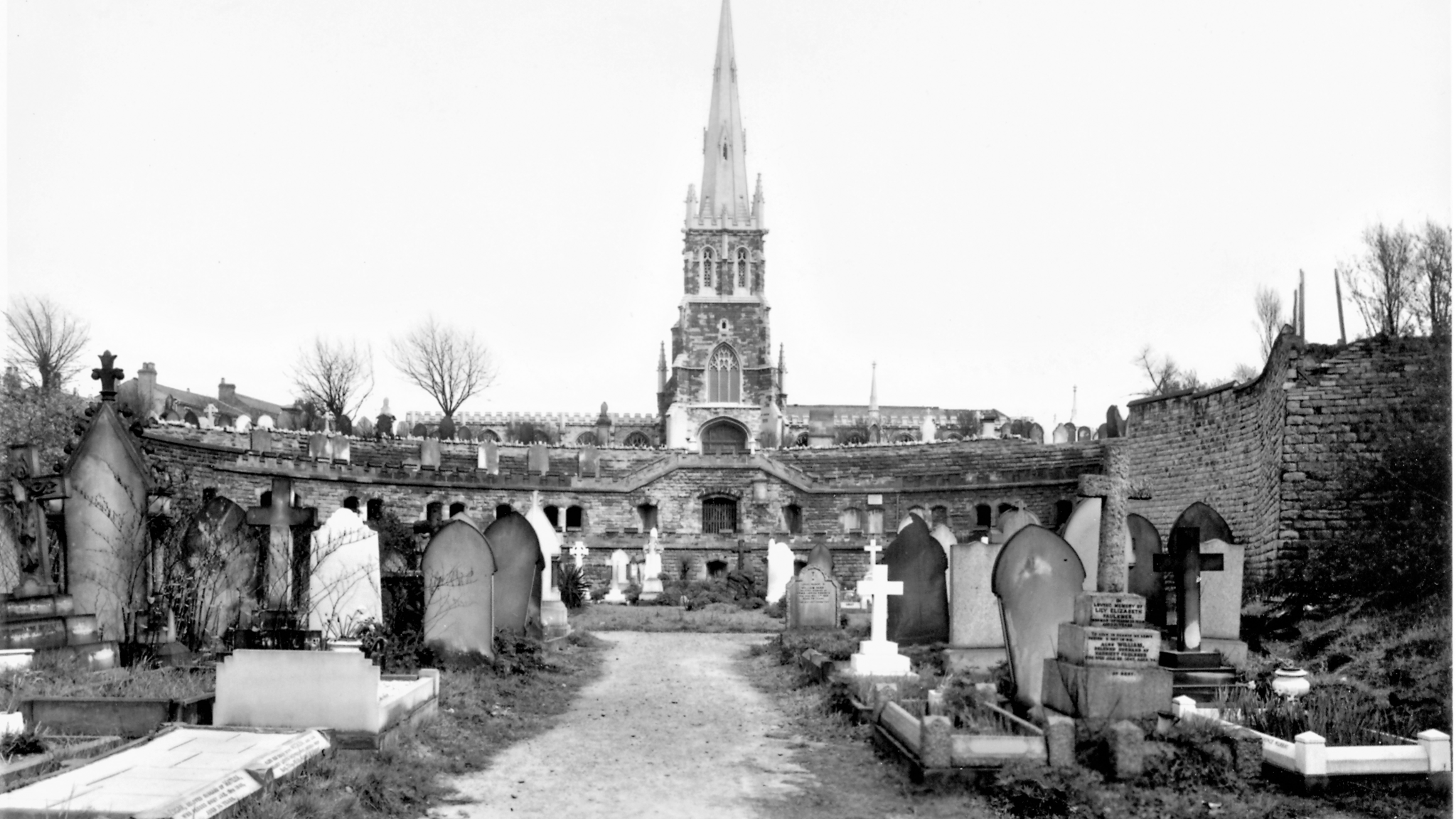
A vault for a family cost about £30 each, according to Mr Beardall
The 56-year-old is the principal tour guide for the two catacombs with a voluntary group, the Friends of Key Hill and Warstone Lane Cemeteries, formed in 2004.
"We primarily keep the place clean and tidy, raise funds to restore headstones, as well as reconnect families with their ancestors," Mr Beardall said.
"The responsibility [for the cemeteries] is with the council but we work very closely with them."

The Friends of Key Hill and Warstone Lane Cemeteries maintain both cemeteries
Describing what lies beneath the surface in Key Hill's catacomb, Mr Beardall said: "Key Hill has a long linear arrangement but with a curve at each end so look like an elongated 'S'.
"They are also two-tiered but the lower level is below ground level and is no longer accessible or visible.
"There is a small interior section in a T-shaped tunnel. This is accessible and we hold tours on our open days."
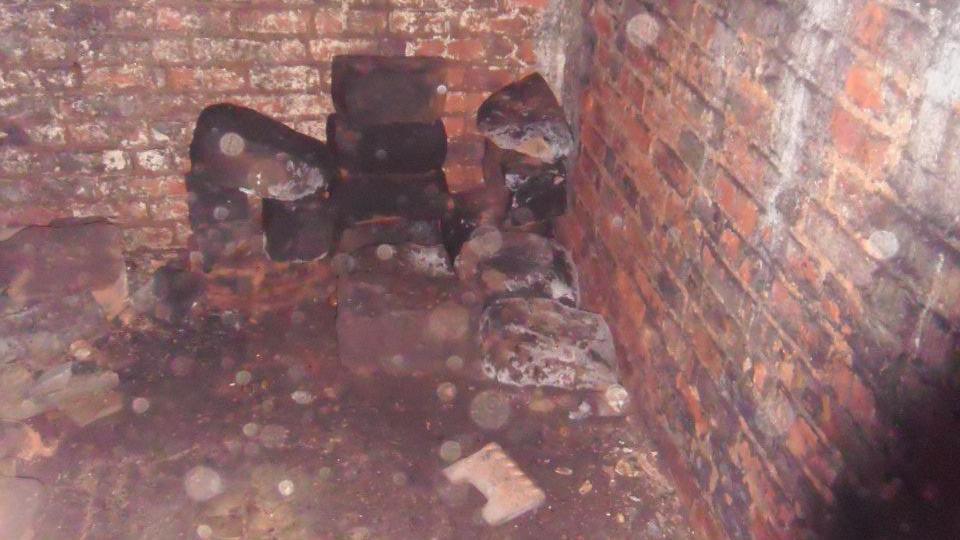
Each vault was for one family and could house about 10 bodies, according to Mr Beardall
In contrast, he explained Warstone Lane's catacomb was below a now-demolished church in a semi-circular arrangement, on two levels.
"There would be a gate of wrought iron, possibly with glass backing and coffins would have been visible to all visitors to the cemetery," he said.
"Sadly these have now all been bricked up.
"A number [of vaults] were full while the cemetery was in operation so the gate would have been removed and a memorial fixed to seal the opening."
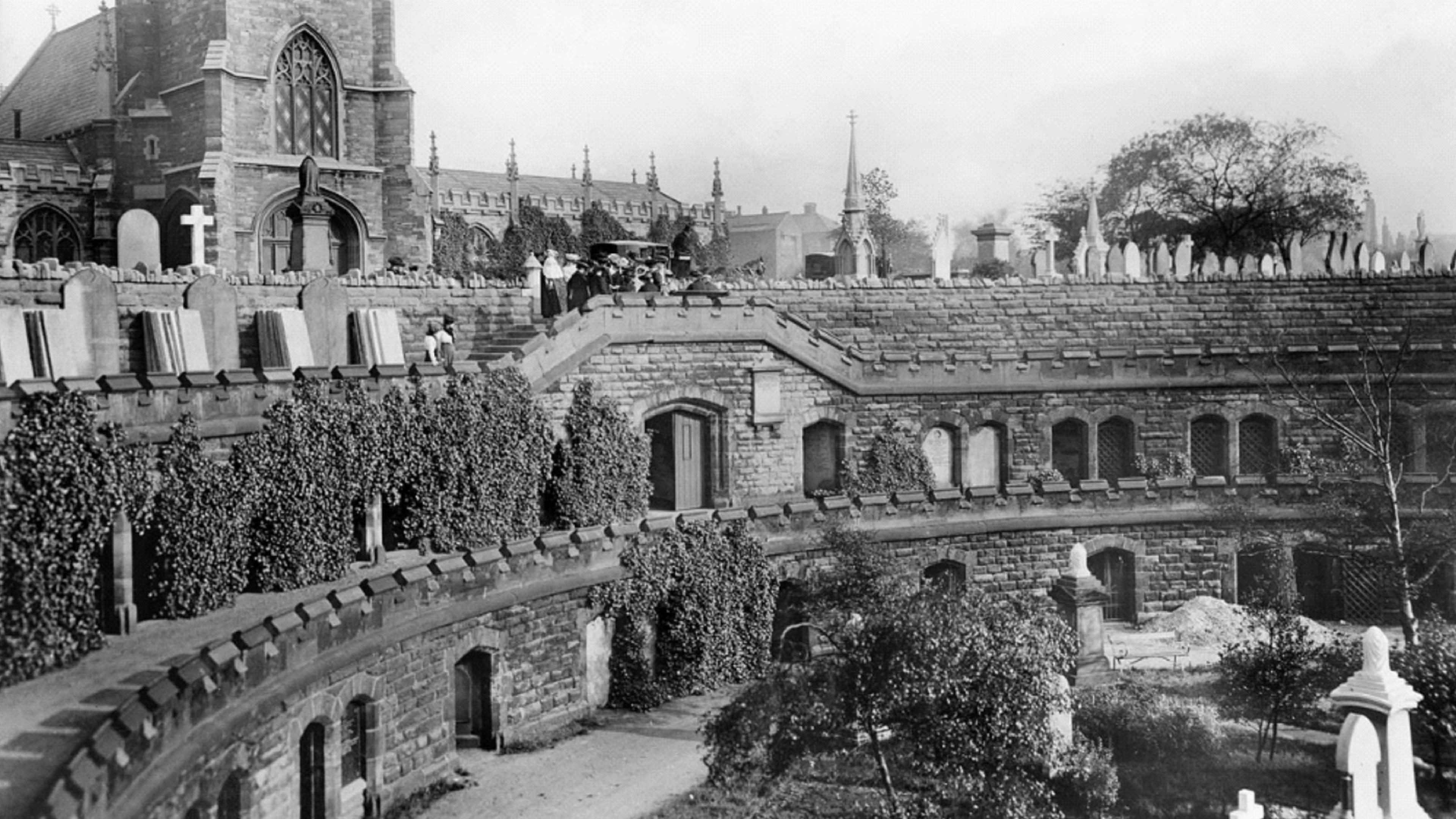
The catacombs at Warstone Lane were on two levels and tunnelled beneath a now-demolished church
Both catacombs stopped being used in the late 1950s when they were no longer profitable and were bought by Birmingham City Council.
Asked why it was important to preserve the Key Hill and Warstone Lane, Mr Beardall explained: "Key Hill is a Grade II* listed cemetery because of its age and the people that are in there.
"We have the major founding fathers of Birmingham in the two cemeteries.
"It's important that we honour them and keep their final resting places intact."
Key Hill in particular houses some famous names including Marie Bethell, claimed to be the country's first female reporter, along with Alfred Bird, the inventor of baking powder and egg-free custard and former politician Joseph Chamberlain.
Get in touch
Tell us which stories we should cover in Birmingham and the Black Country
Follow BBC Birmingham on BBC Sounds, Facebook, external, X, external and Instagram, external.
Related topics
- Published20 July

- Published12 May
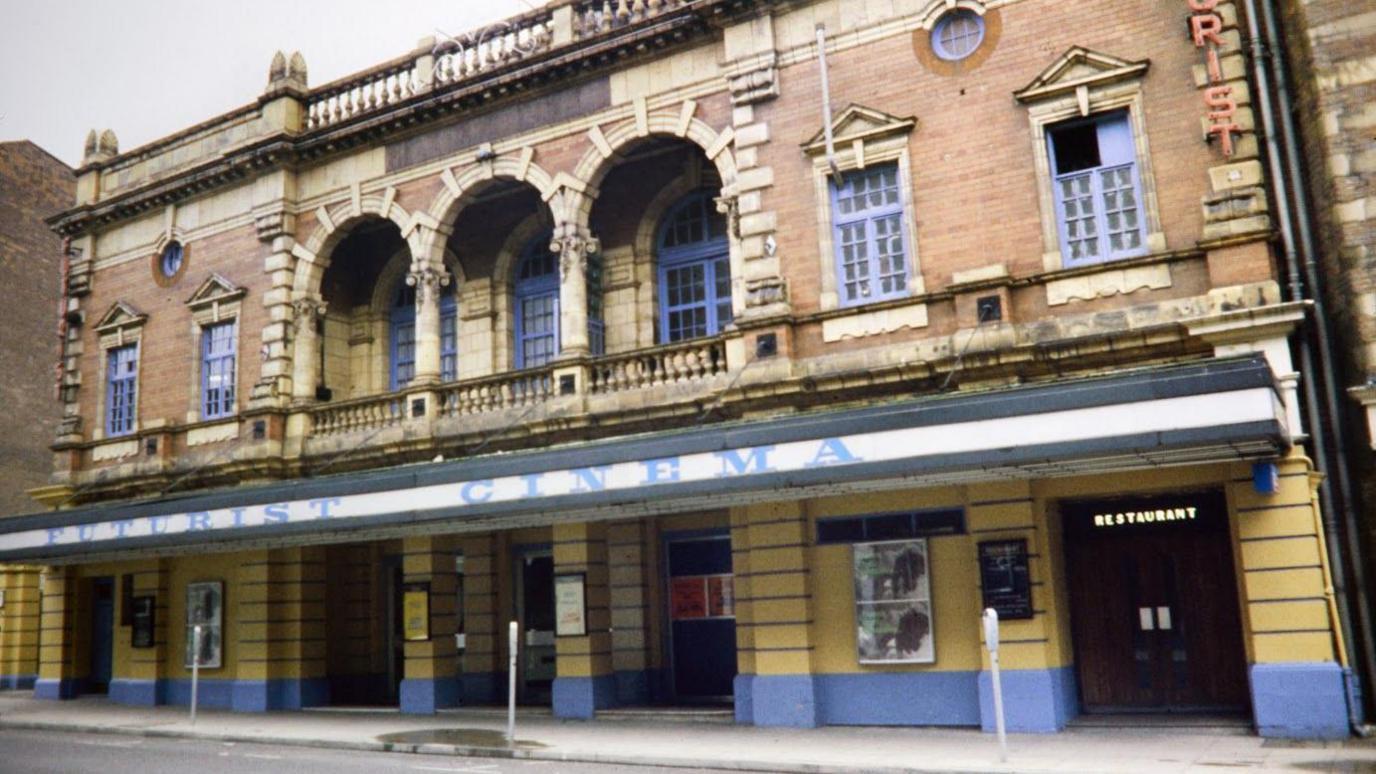
- Published29 March
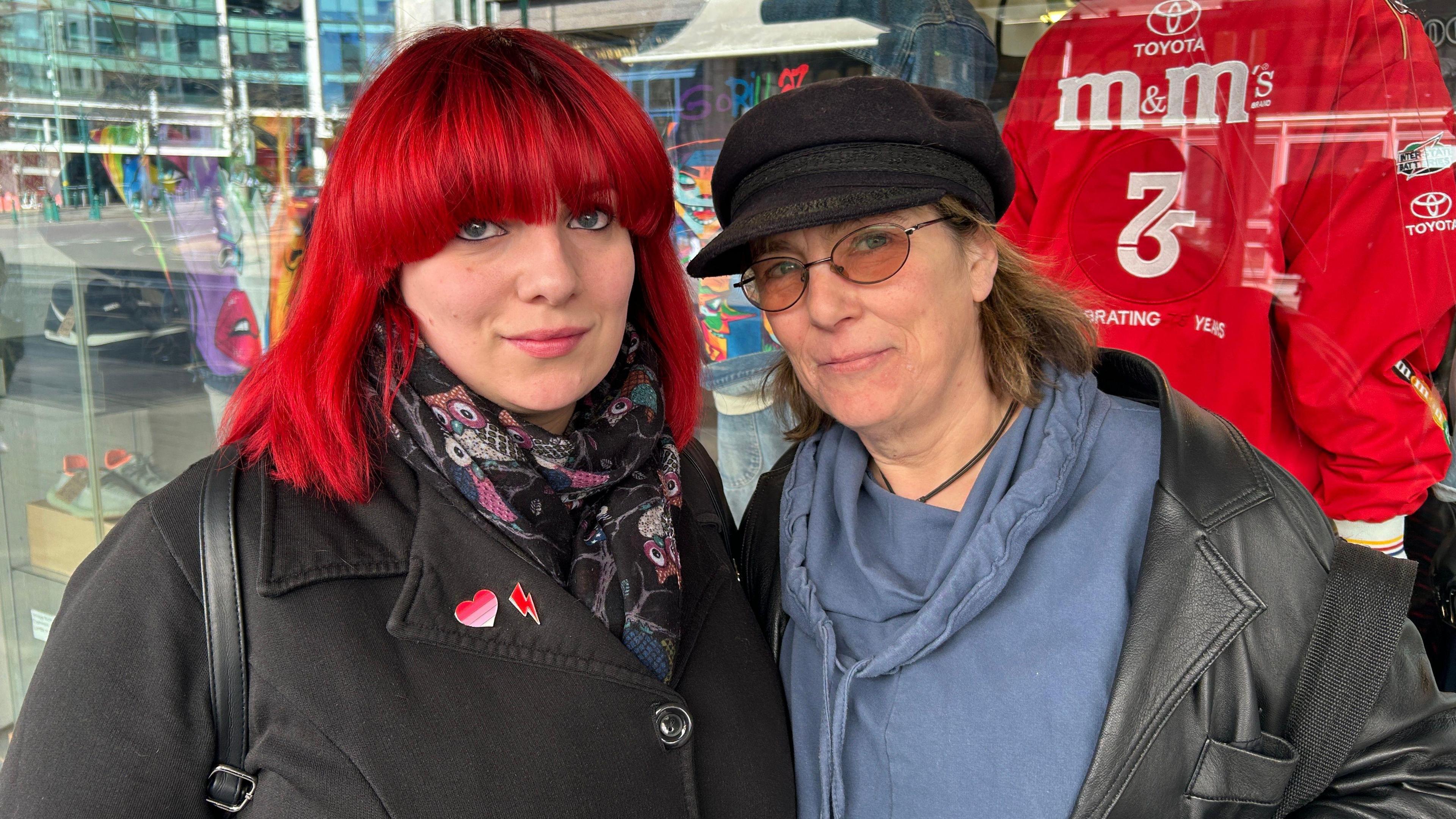
- Published10 March 2024